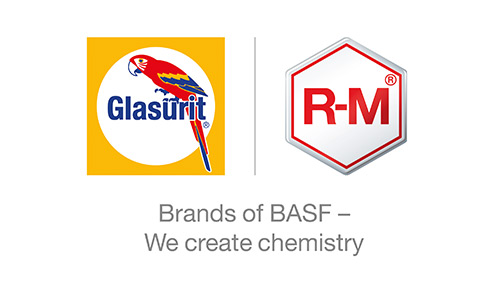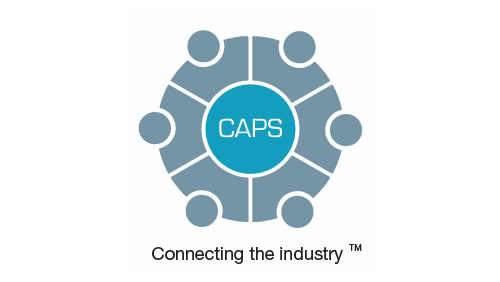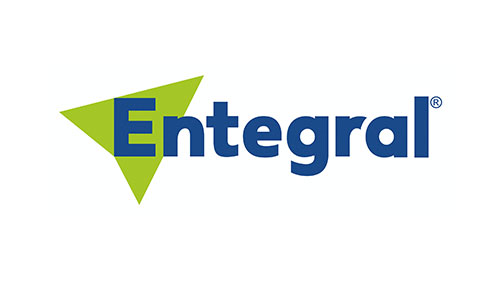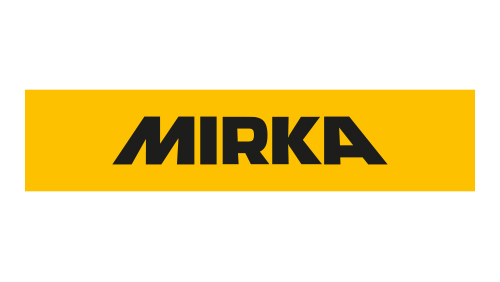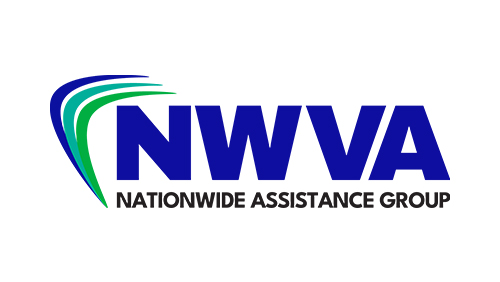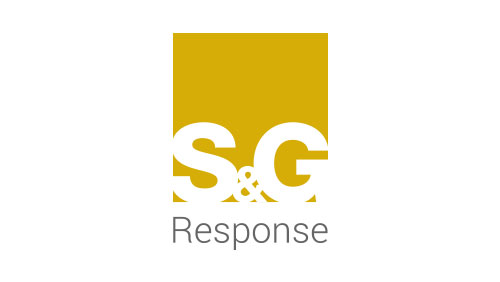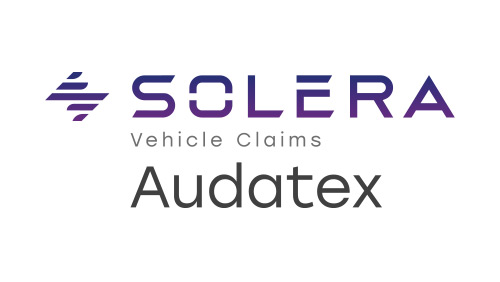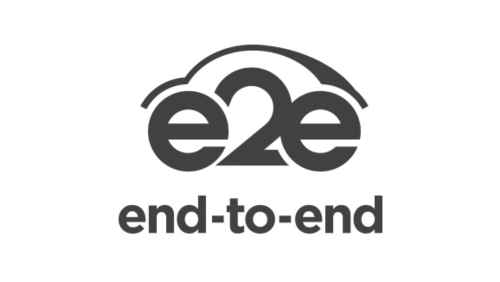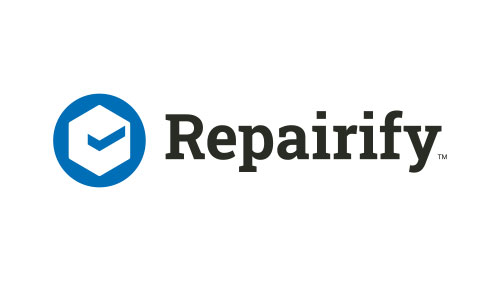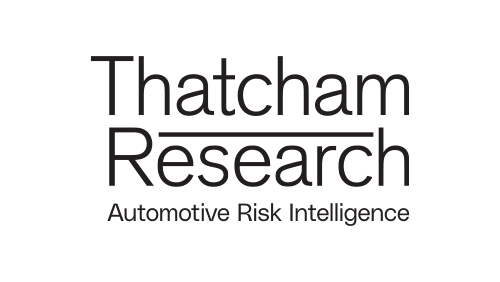If motor insurers got off lightly during the pandemic as a result of reduced motor claims, the likelihood is that 2022 will be provide them with a significantly tougher test.
That was the verdict of a presentation entitled, ‘What the data says’, delivered by Paul Sell, Associate Director of Trend Tracker, during the ARC360 Back to Future event held at the British Motor Museum.
Trend Tracker has collated and assessed both automotive and economic data from a wide range of trusted sources throughout Covid-19 and drawn the conclusion that insurers will be next in the firing line of pandemic ramifications, with costs rising and premiums falling.
Really challenging
He said, “It’s a really challenging situation across the whole motor ecosystem. Cost of production is rising, as is cost of living, fuel costs and used car values. There is also a huge demand for new skills, a big increase in electric vehicles, and a large and still growing demand for sustainable initiatives.
“Against all this, the cost of motor insurance is being driven down. It is now the lowest it’s been for five years and there is pressure from industry bodies to reduce it further because of the profits insurers made during the pandemic.”
Paul continued, “Motor insurers are seeing all their costs going up while their price of sale is going down. We expect this to continue for some time, so 2022 is going to be a very difficult year for them and collaboration will be important in how they address that.”
Repairers
It’s not likely they will get too much sympathy from repairers though, who have already felt the brunt of the Covid-19 storm. Decimated work volumes is one area that has hit the sector hard, but they have also absorbed the burden of spiralling repair costs. This has been driven by a number of factors – the price of parts and materials (the cost of paint has risen 30% since 2017), the price of labour and the additional challenges of the changing mix of the car parc and new technology.
A live poll on the day found that 58% of attendees said new claims tech had already changed the way they work, while 94% said it would in the near future.
All told, the average repair cost has escalated by 27% in four years.
But Trend Tracker figures suggested some semblance of normality is returning, with mobility levels fairly static again and congestion levels comparable to pre-pandemic levels. Supporting this, it predicts repair volumes to finish the year at about 90% of 2019 levels, which is higher than 2020 but still lower than every year prior back to 2013.
Economy
Taking a wider view of the economy, Trend Tracker forecast further inflation until at least the middle of 2022, driven by high energy and fuel costs plus the unprecedented increase in the value of used cars.
A skills shortage will also continue to impact most industries, driving up wages and bringing indirect costs brought about by prolonged recruitment times. Underlining this, another poll of attendees identified cost as the key consequence of a lack of skills, while only 43% of respondents said office staffing levels had returned to 80-100% of normal.
Further, the focus on environmental issues will exacerbate the challenge with stringent targets around sustainability and carbon emissions, but Trend Tracker’s own research indicated that consumers would be prepared to shoulder some of that load. A survey conducted in partnership with Consumer Intelligence found that more than half of consumers would pay six to 10% more for a product or service that is sustainable.





